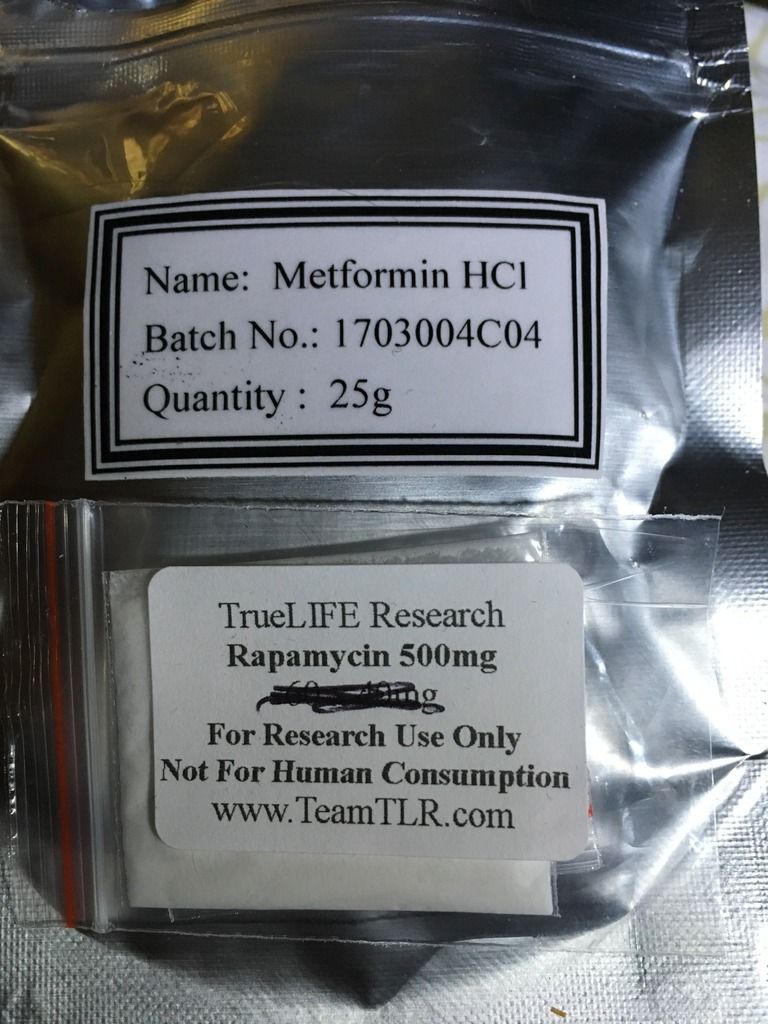Dog study results are now published. https://link.springe...1357-017-9972-z
To summarize, this initial study of rapamycin in healthy, middle-aged dogs showed that low-dose rapamycin treatment is safe over a period of 10 weeks and appears to recapitulate some of the same beneficial effects that have been described for mTOR inhibition in mice. The low number of dogs and multiple comparisons performed limit our statistical power, and the relatively short duration did not allow us to determine whether the rapamycin-treated dogs had increased lifespan and healthspan compared to placebo. The absence of significant side effects here is consistent with findings from studies on marmosets in captivity (Ross et al. 2015) as well as prior studies of rapamycin in laboratory dogs (Yi et al. 2014). Unlike these prior studies, however, the dogs in this study were living in their normal home environment, providing an important demonstration that rapamycin can be safely administered to companion dogs with the potential for significant health benefits. Based on these findings, we are planning additional randomized clinical trials involving larger cohorts of middle-aged dogs that will be studied over a longer period of time. This will allow us to perform more powerful analyses of rapamycin’s effects on heart function and behavior and help us determine whether there are differences in mortality, as well as the onset and prevalence of the various diseases that share aging as their common risk factor.
The relatively small number of dogs studied here prohibits us from reaching a definite conclusion regarding any behavioral effects of rapamycin. However, it is interesting to note that some changes in behavior that were considered to be positive by owners appeared to occur with greater frequency in the rapamycin-treated dogs. Seventy percent (7/10) of the owners whose dogs received the higher rapamycin dose reported that their dog displayed increased activity and energy, as did 40% (2/5) of those whose dogs received the lower dose, compared to 25% (2/8) of owners whose dogs received the placebo. While we make no claims as to whether this represents a real effect of rapamycin in these dogs, such an effect would reflect previous reports of increased activity in rapamycin-treated mice (Flynn et al. 2013; Miller et al. 2011) and would be consistent with anecdotal reports from owners who have independently begun treating their dogs with rapamycin (Cohen 2016).
It is interesting to note that the mean corpuscular volume was significantly diminished in rapamycin-treated dogs after 10 weeks when compared to that of placebo. Hematocrit did not change significantly between treatment and placebo (P = 0.803), which in combination with the observed decrease in the MCV may indicate longer red blood cell survival, as the MCV tends to decrease as the red blood cells age. A decrease in red blood cell size in response to treatment with rapamycin has previously been described in vitro (Edinger et al. 2003). It is also interesting to note that older humans have lowered red blood cell survival times, which are reflected in an MCV increase with age, and increased MCV has also been linked to decreased cognitive performance in older humans (Gamaldo et al. 2013). This may indicate an attenuation by rapamycin of an age-related change in red blood cell volume that is known to predict adverse outcomes in humans, and it provides additional justification for studying cognitive function in future studies of rapamycin in aging dogs.
Edited by VP., 03 April 2017 - 07:13 PM.




























































